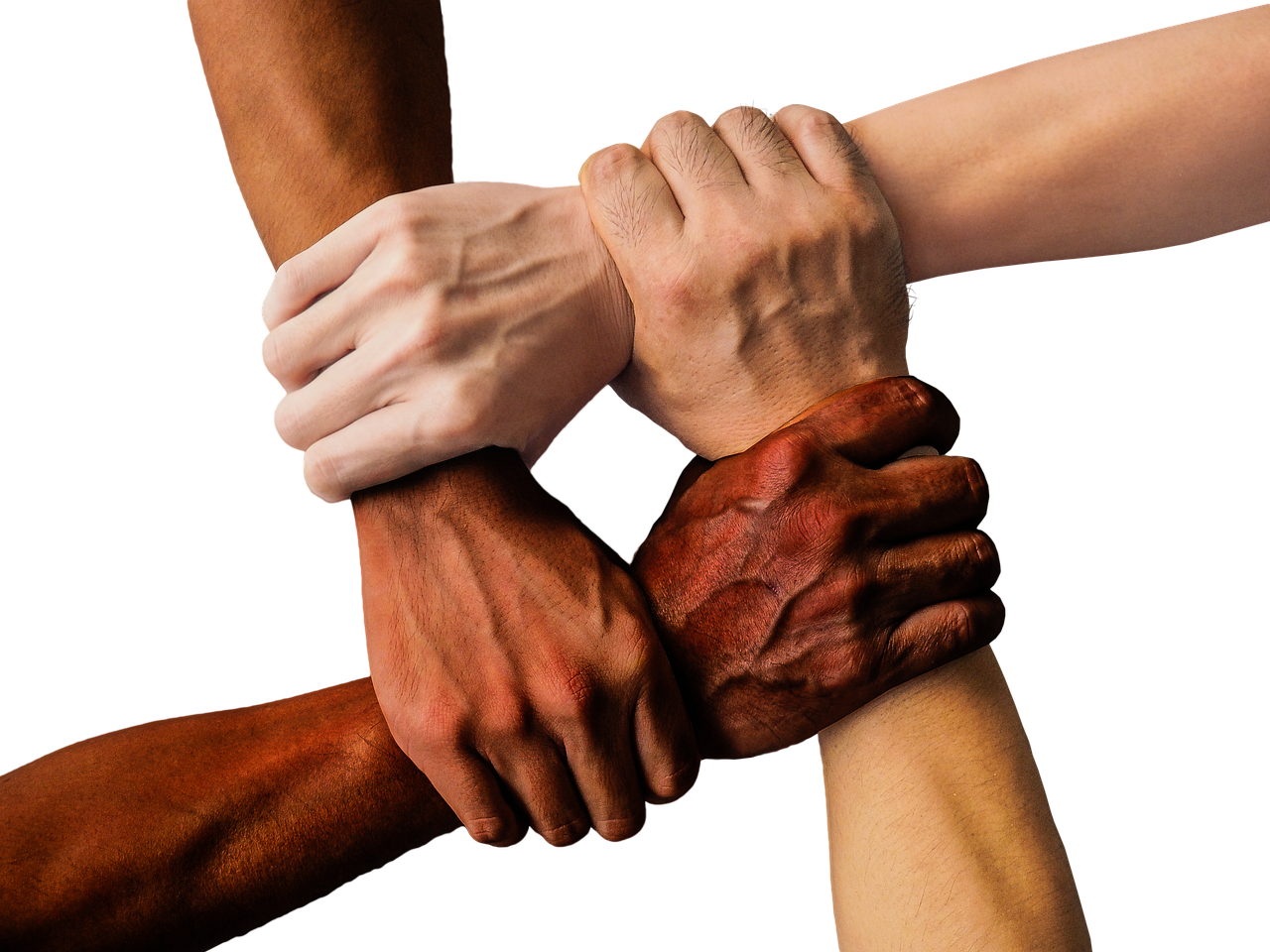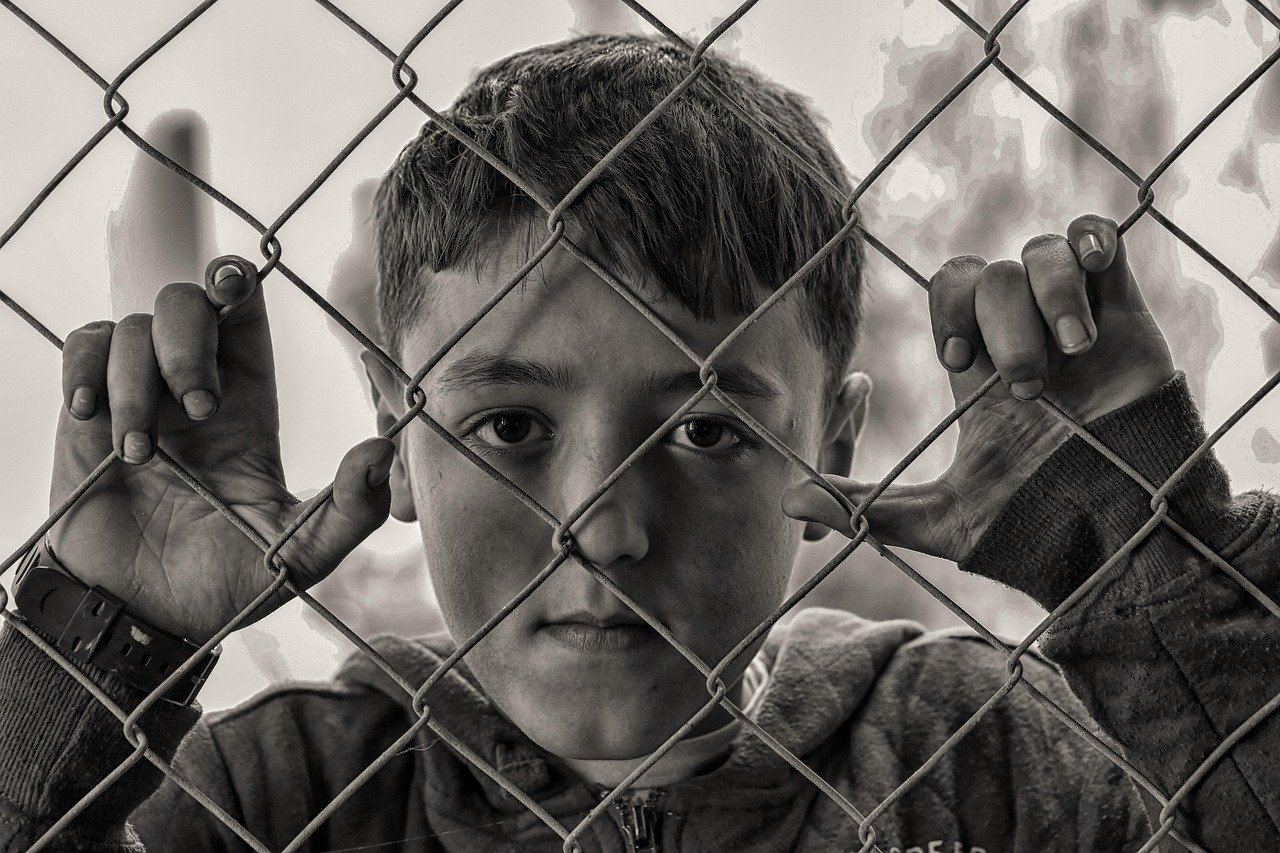Beyond Human-AI Collaboration: How Interspecies Partnerships Are Reshaping Digital Innovation

As organisations strive for innovative solutions to complex challenges, the integration of animal intelligence with AI-powered systems presents unprecedented opportunities. Much like how cross-functional teams have driven innovation in companies like Thomas Edison’s laboratories, this new paradigm of collaboration could unlock solutions we’ve never imagined possible.
The concept isn’t as far-fetched as it might seem. Nature has already demonstrated countless examples of successful interspecies cooperation, from cleaner wrasses servicing larger fish to octopuses hunting alongside coral reef fish. These natural partnerships provide a blueprint for how different species can work together towards mutual benefits.
Reimagining Collaboration Through AI-Enabled Partnerships
The key to unlocking these interspecies partnerships lies in artificial intelligence’s ability to serve as a universal translator and coordinator. AI systems can interpret and facilitate communication between different species, much like how they currently bridge gaps in human cross-functional teams.
Consider these practical applications:
– Dolphins assisting in underwater infrastructure maintenance, with AI systems translating their sonar feedback into actionable data
– Bees’ natural pollination patterns being analysed by AI to optimise agricultural practices
– Animal behaviour patterns informing AI-driven predictive models for environmental conservation
Technical Implementation Framework
The implementation of such partnerships requires sophisticated AI systems that can:
1. Process and interpret animal communication signals
2. Translate these signals into human-readable data
3. Create feedback loops that respect natural animal behaviours
4. Maintain ethical guidelines for animal welfare
5. Generate actionable insights for human stakeholders
This approach mirrors successful technology-facilitated partnerships seen in the business world, such as Microsoft and Toyota’s collaboration on intelligent energy systems, but extends these principles to include non-human participants.





